Old cars fascinate me, and they always have. I’ve been closely involved with automobiles as a writer, an historian, the former Executive Director of the Petersen Automotive Museum, a Pebble Beach Concours Judge and a Fine Art Museum Guest Curator for 45 years. Among my very favorites are the Art Deco automobiles, spanning the period from the early 1930s to the immediate post-War 1950s. There’s a special magic about the Art Deco genre. Everyone thinks they know what Art Deco is, and its pleasing elements, from Erté’s svelte forms to the sleek SS Normandie ocean liner and the 20th Century Limited railroad locomotive, are etched forever in many people’s minds.
When gentle curves meet razor-sharp edges
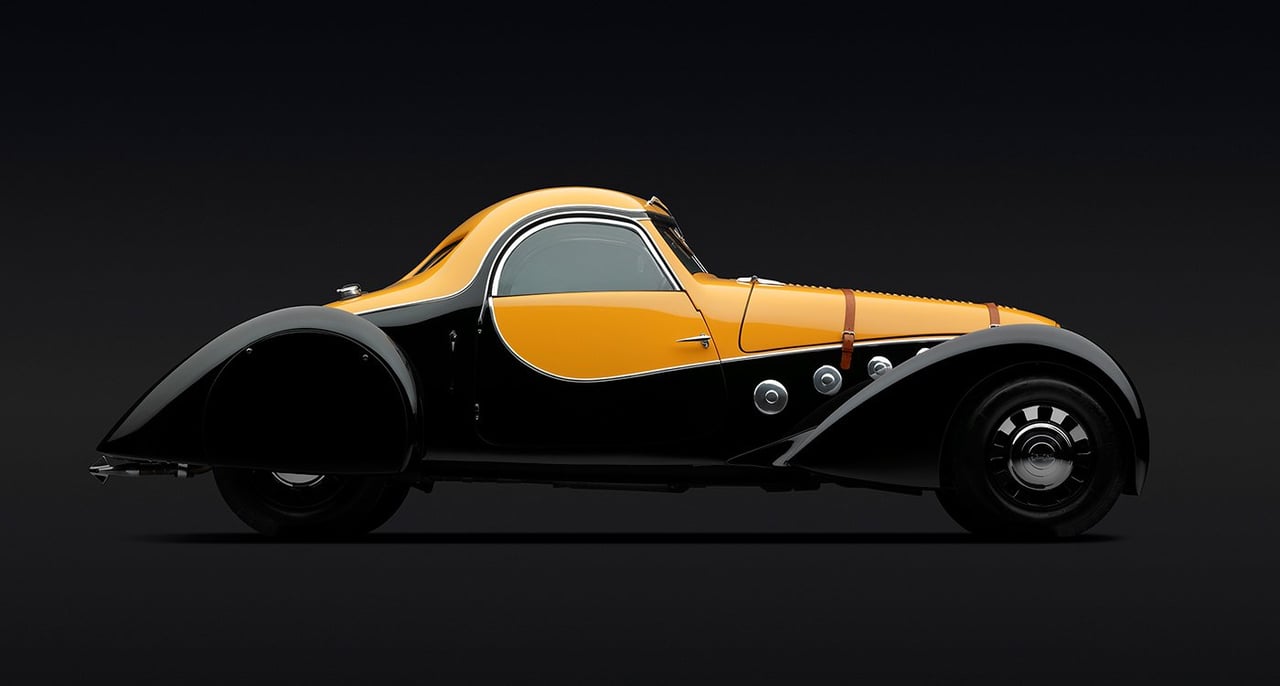
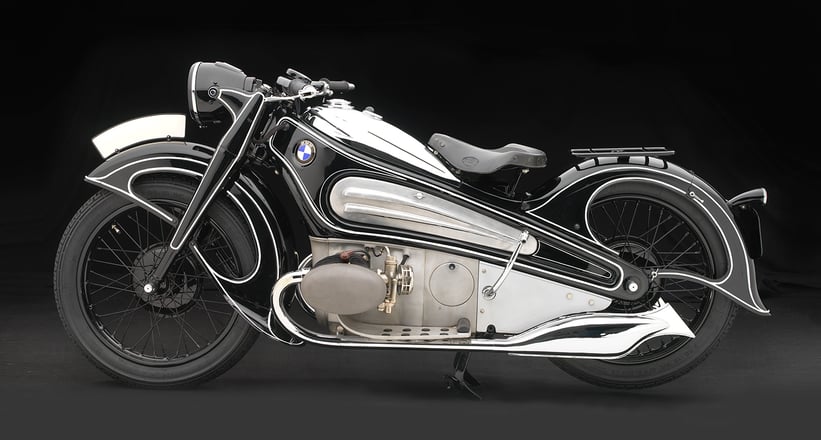
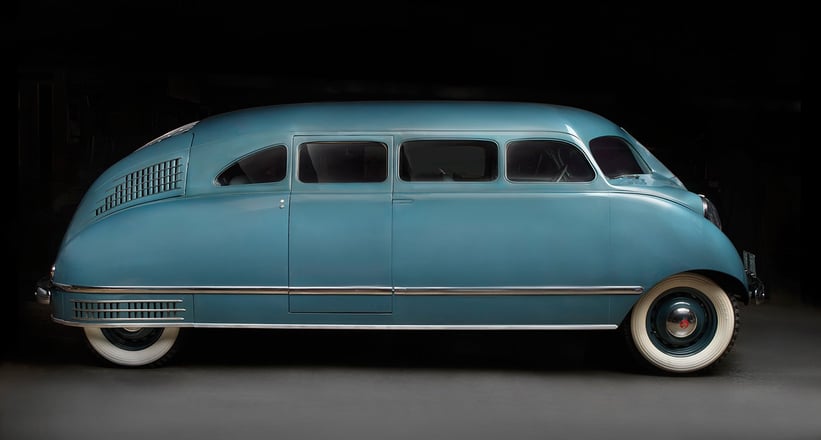
Art Deco is a term that’s tossed around liberally, especially when it comes to cars. The genre embraces distinctive architectural, industrial, and fashion styles that originated, according to most authorities, around 1910, flourished throughout the late 1920s and early 1930s, prevailed until 1941, and faintly resumed for a while after World War II. Although its influence had waned and the ensuing examples were less ornate, Art Deco styling elements persisted into the 1950s.
Making excellent use of beautifully rounded forms, often inter-mixing baroque elements like stylised rays of the sun, and artfully melding gentle flowing curves with razor-sharp edges, the Art Deco style soon became prevalent in the world of automobiles, particularly so in a few select marques and models. Many of those cars are considered classics today.
Visually pleasing, the Art Deco style was simple yet very elegant, and its evolving streamlined dimension was considered quite efficient at the time. Art Deco styling influenced everything from the sleek passenger railroad trains and luxurious ocean liners of the period, to residential and commercial architecture (especially skyscrapers and bridges), furniture, electrical appliances, radios, decorative elements and signage, fashionable clothing, automobiles of every pricing level, and even a few motorcycles.
The perfect metal canvas

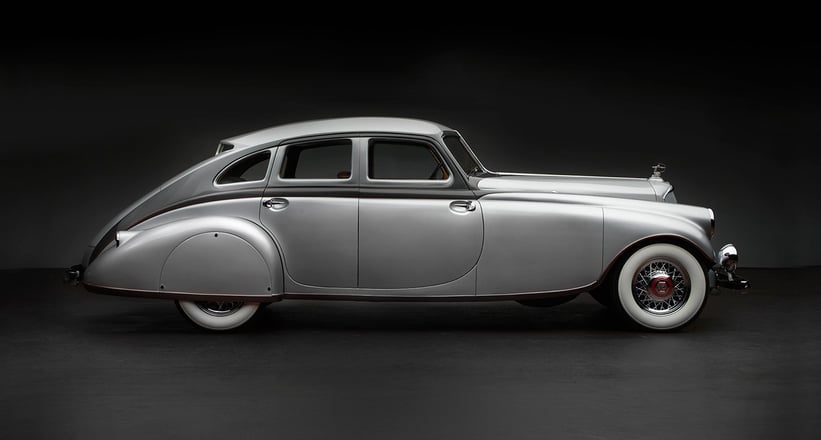
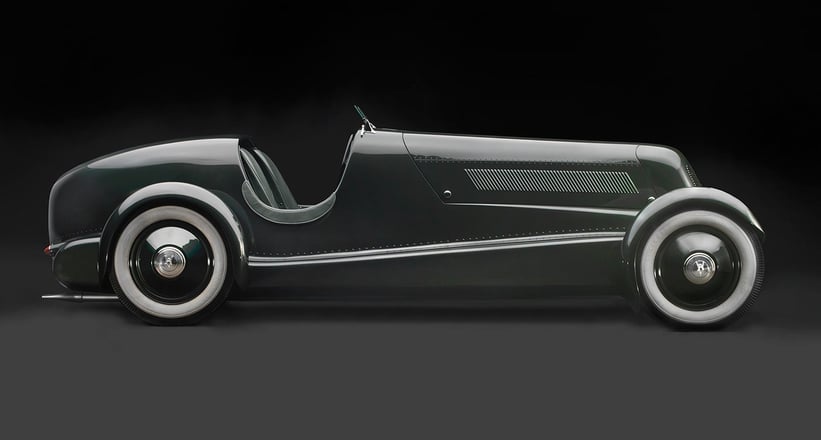
Streamlining, when it began widespread use, was equated with modernity as well as with efficient aerodynamics. The automobile – a child of the 20th century that changed and evolved mechanically during that period – was the perfect metal canvas upon which to express the popular Art Deco style.
My friend Gary Vasilash, the Editor-in-Chief of Auto Design and Production magazine says, “...the Art Deco style can be characterised as the combination of broad gesture and fine detail.” Acclaimed architects and industrial designers such as Frank Lloyd Wright, Norman Bel Geddes, Walter Dorwin Teague, Raymond Loewy and Walter Gropius fell under its spell, as did automotive stylists, racing innovators, and engineers like Jean Bugatti, Harry Arminius Miller, E.T. ‘Bob’ Gregorie, Harley Earl, Bill Mitchell, Gordon Miller Buehrig, and others.
I was the Guest Curator for ‘Sensuous Steel: Art Deco Automobiles’, which was presented at the Frist Center for the Visual Arts in Nashville over a 17-week period in the summer of 2013. There were 18 luscious cars and two streamlined motorcycles on display. Opening weekend in Nashville saw over 5,000 people trooping through the Frist. Final attendance was over 125,000. We then moved that show to the Museum of Fine Arts in Houston, Texas, earlier this year for four months, where it was widely acclaimed.
The cars have become the stars
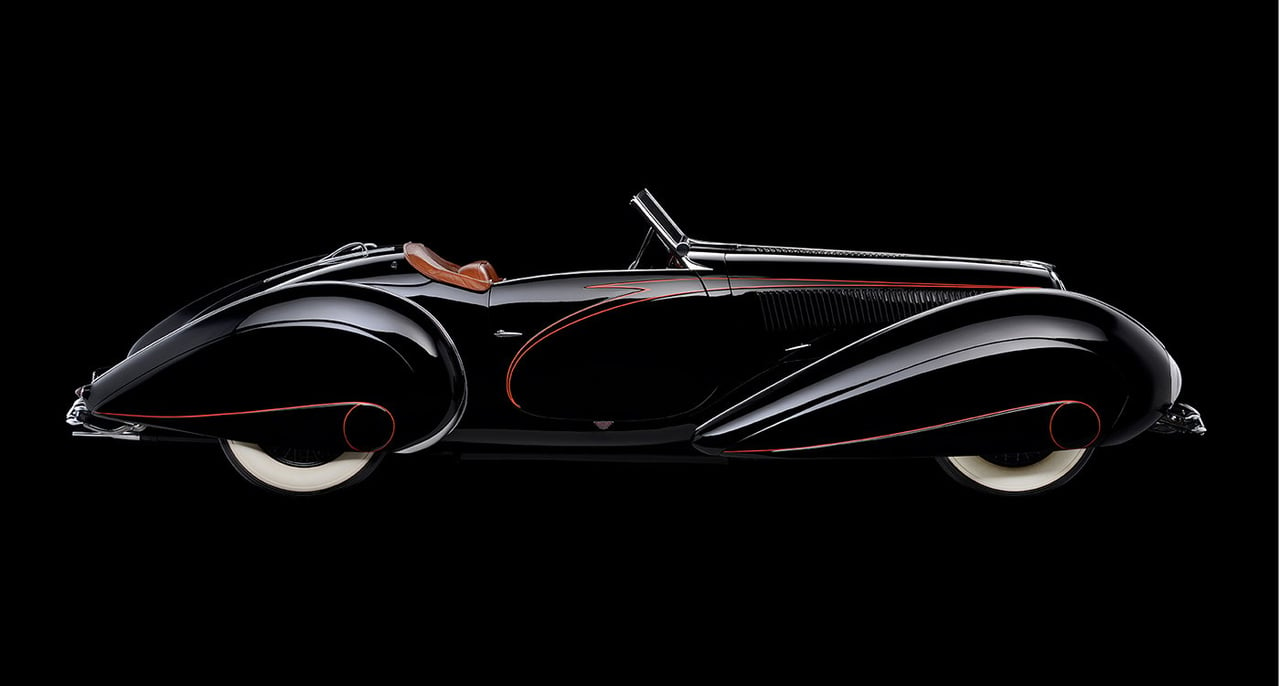

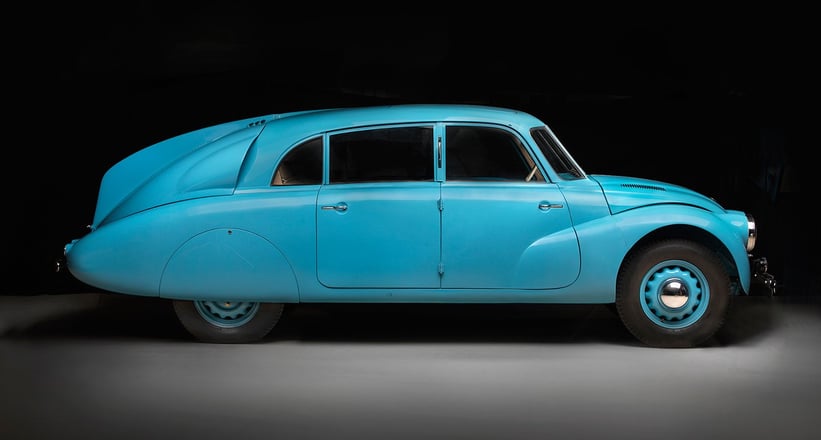
Automobiles are not a new idea for Fine Art Museums. In 1951, the Museum of Modern Art in New York City presented ‘8 Automobiles’. Curator of Architecture, Arthur Drexler called the cars on display “hollow rolling sculpture”. Ralph Lauren has displayed cars from his collection in Boston’s Museum of Fine Art, and at the Louvre. And I’ve curated automotive exhibits at fine art museums from Portland, Phoenix, and Salt Lake City, to Atlanta, Houston and Raleigh – with more on the way. The ‘Art of the Motorcycle’ at the Guggenheim was a blockbuster. Few art aficionados question the inclusion of an automotive exhibition any longer. In many art museums, the cars have become the stars.
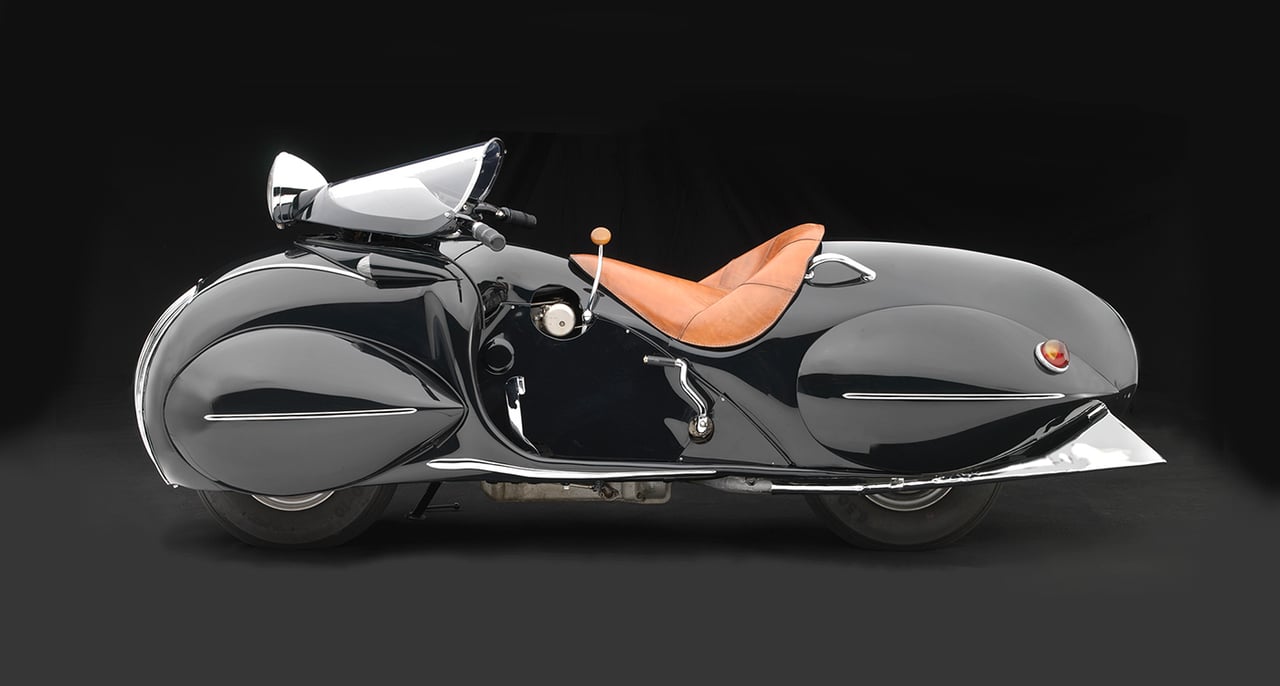
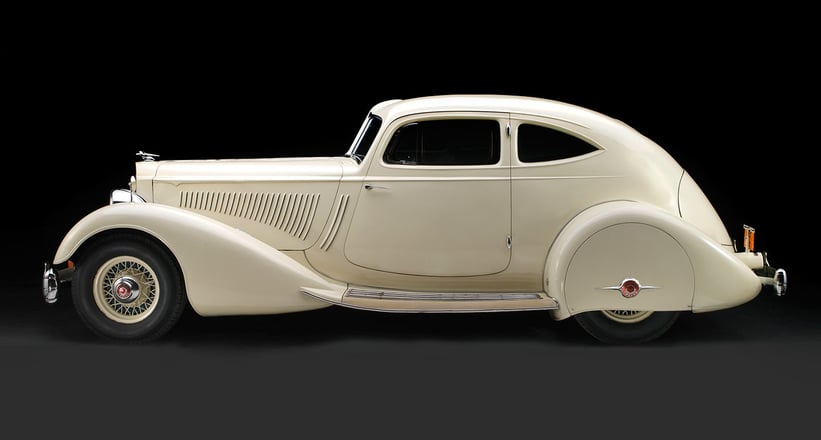
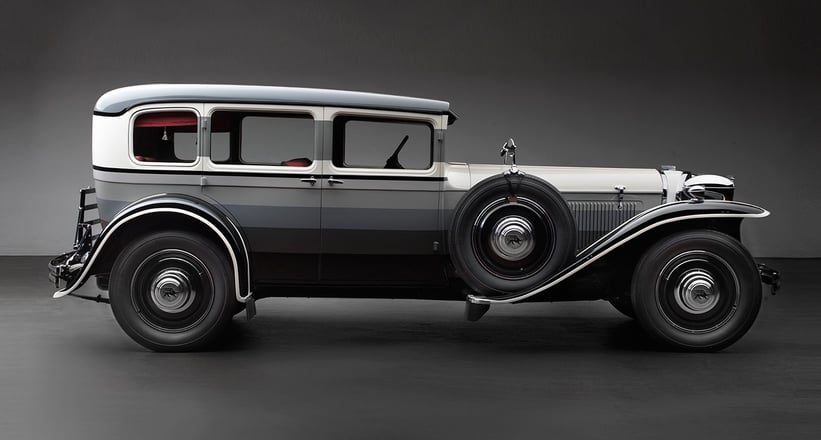
The ‘Rolling Sculpture’ exhibition at the North Carolina Museum of Art, which opens on 1 October 2016 and runs until 15 January 2017, will present many of the cars we had in Nashville and Houston but, in the interest of change, I have dropped a few selections and added a stunning Peugeot Darl’mat coupé, the long-lost BMW R7 Concept Motorcycle, a 1940 streamlined Tatra T87 saloon, a dramatic, magnesium-bodied Bugatti Type 57 ‘Aerolithe’ recreation, a 1930 Ruxton sedan with a unique layered paint scheme by noted architect and illustrator Joseph Urban, the Pierce Silver Arrow that won top honours at the 1933 Chicago Century of Progress exhibition, and a handsome Voisin C28 Clairiere. Of particular interest to Caroline Rocheleau, the museum’s Curator of Ancient Art with whom I curated the exhibition, was the Stout Scarab, which incorporates a number of Ancient Egyptian beetle-like design elements.
There are a lot more cars I’d love to feature but space wouldn’t permit it. One of my favorites from the Art Deco era is the Alfa Romeo 8C2900B. Alfa built around forty 8C berlinettas and spyders with Grand Prix-derived 3-litre, twin-cam straight-eights, fitted with dual twin-stage superchargers. The Lungo Touring Spyder, an example of which has just been announced as a headliner at RM’s Monterey sale this year, is arguably the definitive pre-WWII high-performance sports car, rivaling the Type 57 Bugatti SC and the 540K Mercedes-Benz for bold styling and over-the-road prowess. I had an 8C2900 Touring Berlinetta in a previous exhibition, and I hope to feature an 8C again, in the future. If I could have any sports roadster from the Art Deco era, I’d happily take a Lungo Spyder.
Styled to seduce
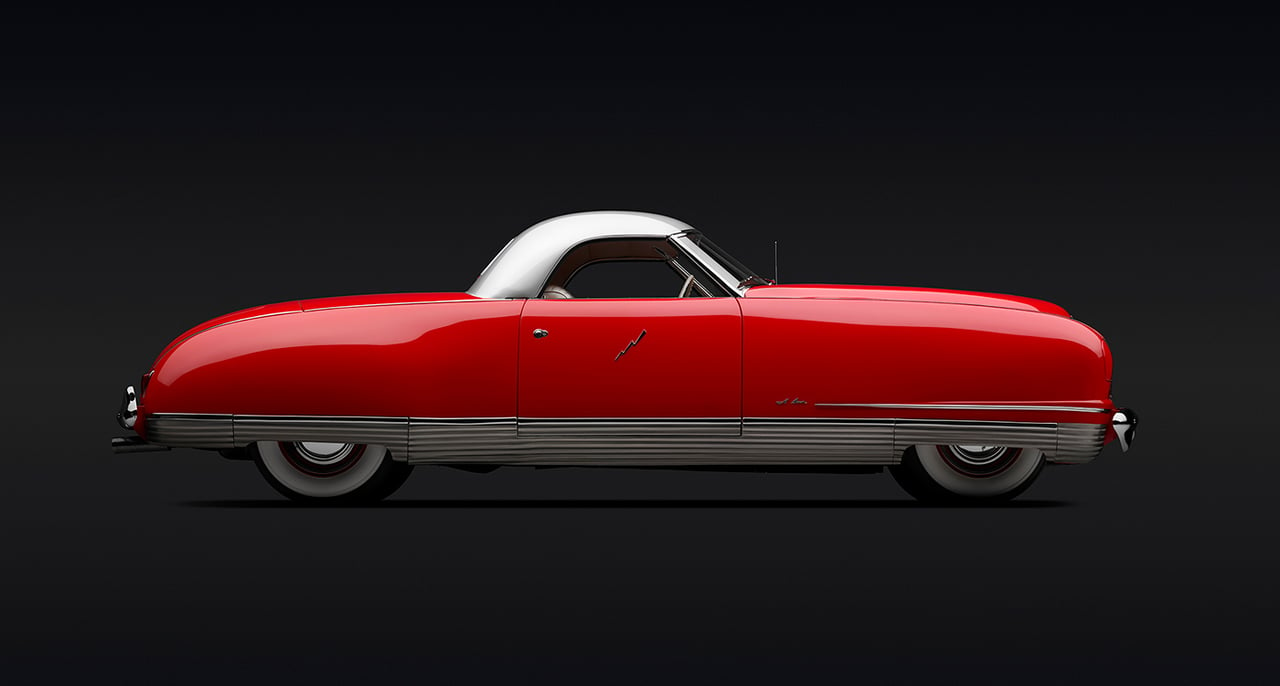
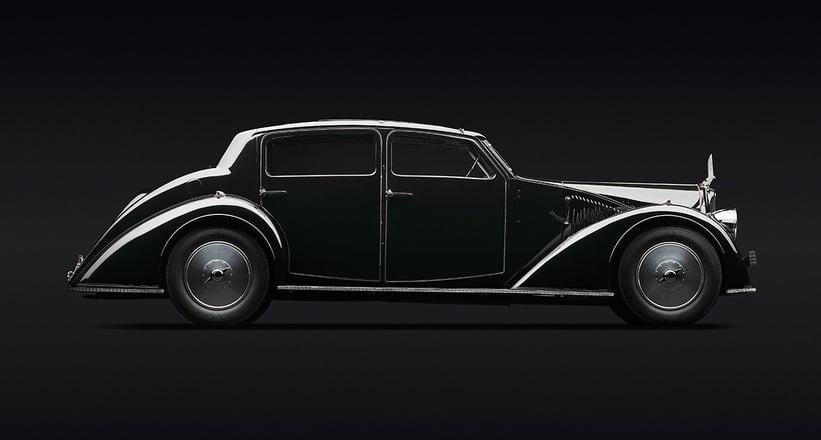
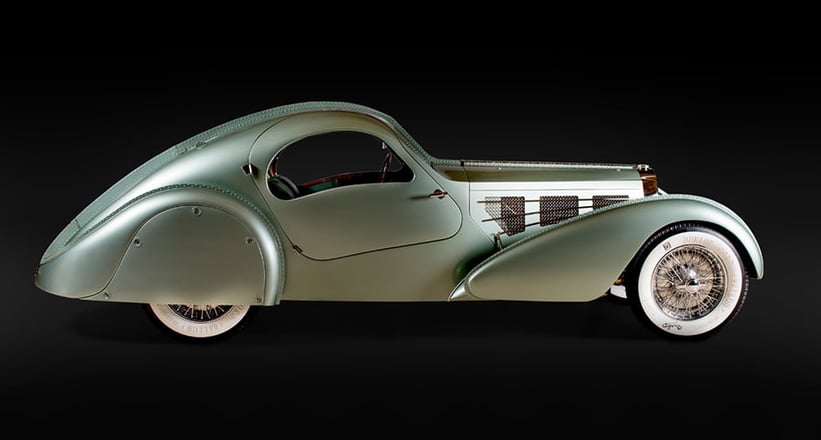
We simply can’t create exhibitions like this without enthusiastic support from our lenders, both private individuals and museums. Unlike paintings or sculpture, these cars are functioning mechanical entities. They are driven to Concours d’Elegance functions, and just for pleasure. So it’s a considerable sacrifice for lenders to part with their cars and motorcycles for the five months or so it takes to install, display and de-install them. But, unlike at a Concours, there’s no Best in Show. Every car in this exhibition is a winner. We create an elegant catalogue as a souvenir for the owners and our visitors.
It’s my privilege to help arrange the cars for display, even driving them off the special trailers we use to ship them, and carefully moving them into tight spaces that were never designed to accommodate an automobile. In Atlanta, at the High Museum of Art, a few years ago, I had to remove the front bumper from a Duesenberg (with the owner’s permission, of course) that had previously belonged to Clark Gable, as the car was too long to fit in the museum’s elevator. But we managed, and the ‘Duesie’ was a big hit in the city where Gable had long ago starred in ‘Gone With The Wind’.
I hope some of our European friends can come to North Carolina to see ‘Rolling Sculpture’ when it opens. These cars are a remarkable tribute to a Golden Era. Unfettered by safety regulations, emissions rules and fuel economy standards, they were simply designed to be seductive and beautiful – and they remain so today.
Photos: Peter Harholdt / Joe Wiecha / Michael Furman / Scott Williamson of Photodesign Studios



















